Understanding DevOps — A Simple Guide
 Hamza
Hamza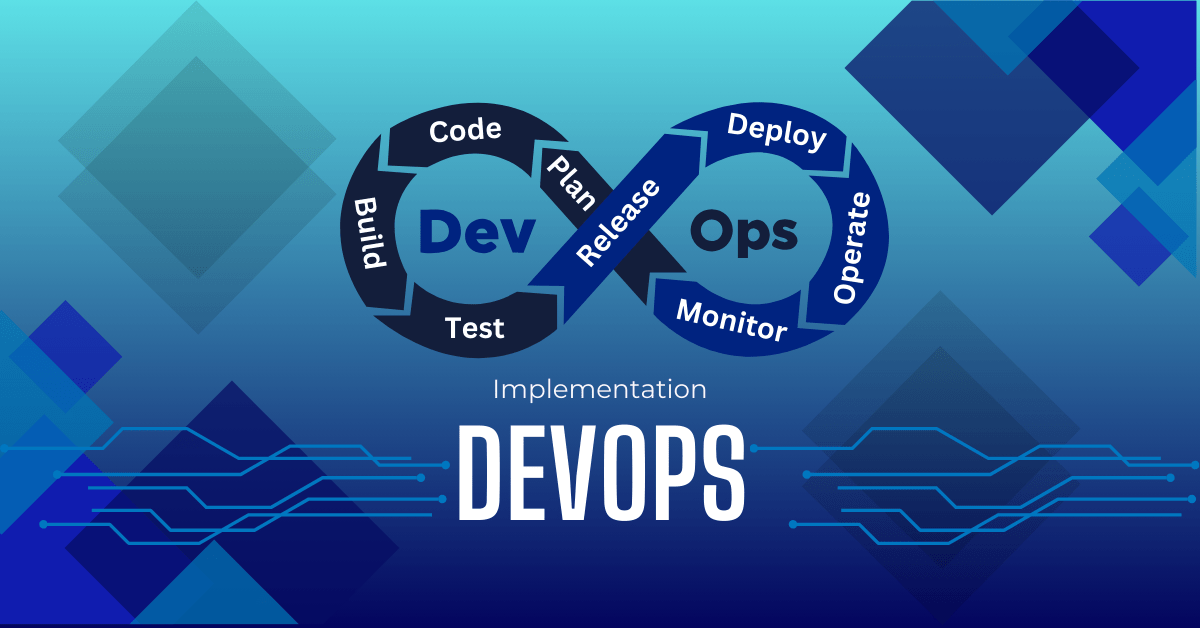
In the ever-evolving IT landscape, you’ve likely come across the term “DevOps” — a concept that’s rapidly gaining traction among major tech companies. With its emphasis on streamlining operations and development, DevOps is shaping the future of IT practices. In this blog, I’ll dive into what DevOps means, and the key aspects we’ll explore include:-
What is DevOps?
History of DevOps
DevOps Tools and stages
Who is a DevOps Engineer?
Tasks of a DevOps Engineer
→ What is DevOps?
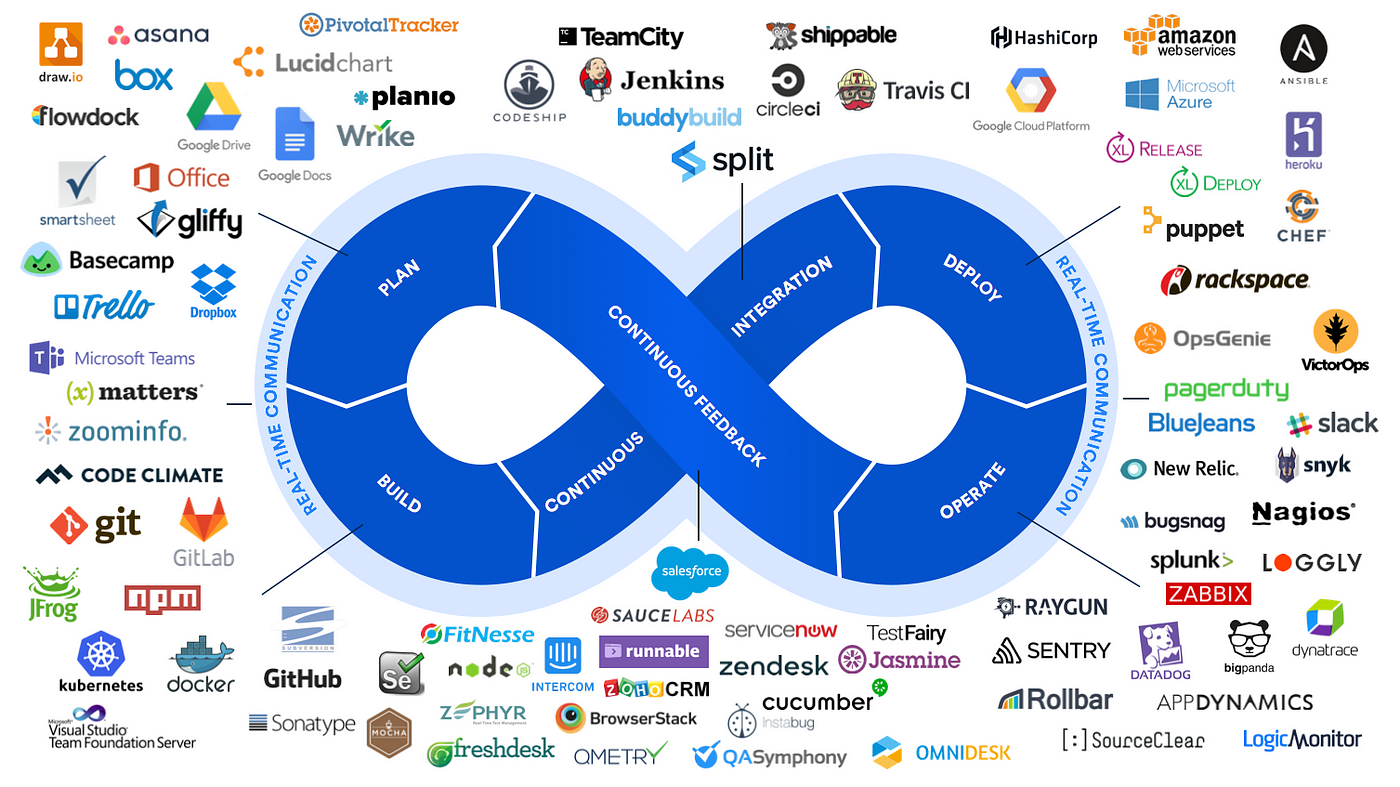
DevOps is a transformative culture and practice that unites software development (Dev) and IT operations (Ops) teams. The term DevOps is a combination of two words namely Development and Operations. DevOps is a practice that allows a single team to manage the entire application development life cycle, that is, development, testing, deployment, and monitoring.
The core aim of DevOps is to shorten the system development lifecycle, enabling faster and more frequent delivery of features, fixes, and updates, all while staying closely aligned with business goals.
DevOps is a modern software development approach that enables the rapid and reliable creation of high-quality software. It involves several key stages, including continuous development, integration, testing, deployment, and monitoring, all working together to streamline the development process and ensure consistent delivery.
Since we have covered “What is DevOps”. Let’s proceed further to the History.
→ History of DevOps
DevOps is one of the technologies that we have encountered. Before DevOps, we have two approaches that we follow for software development namely the Waterfall and the Agile.
1. Waterfall Model:-
- The classical waterfall model is the basic software development life cycle model. It is straightforward but idealistic. Earlier this model was very popular but nowadays it is not used. However, it is crucial because all the other software development life cycle models are based on the classical waterfall model.
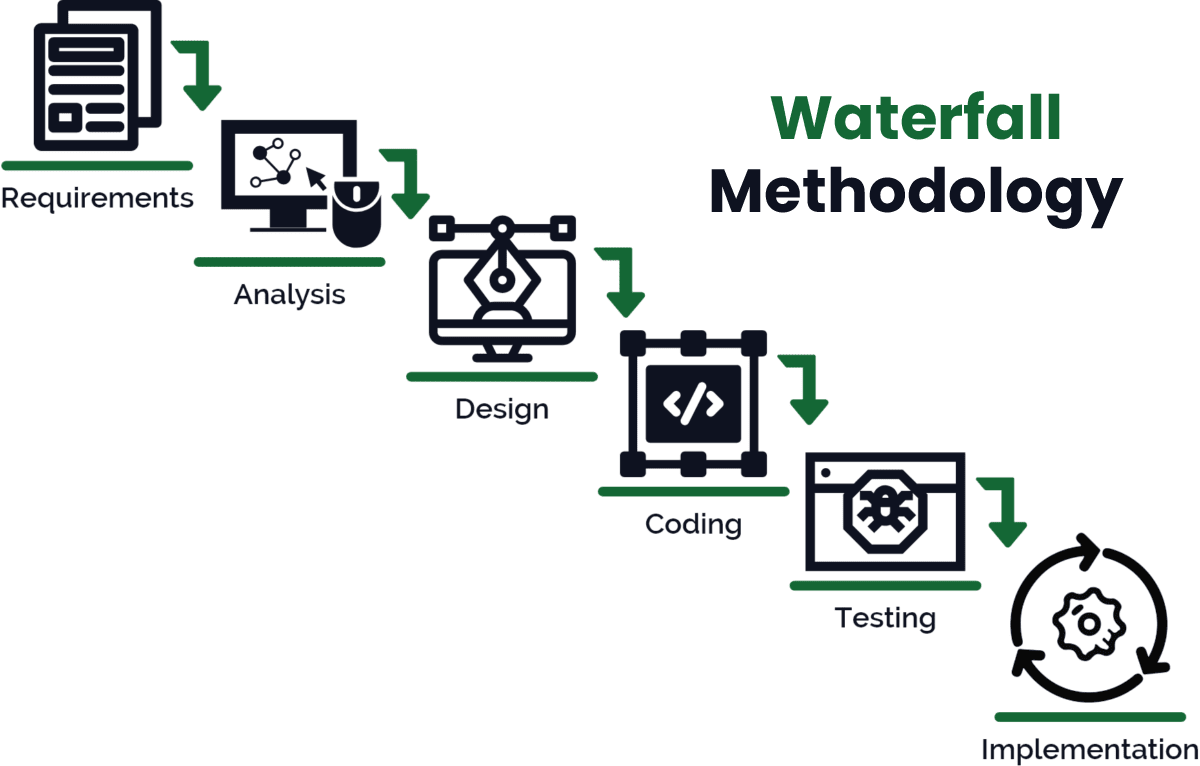
This approach begins with the crucial phase of Requirements gathering and analysis. In this stage, you work closely with the client to understand their needs for the application. Once the requirements are collected, the next step is to thoroughly analyze them to ensure a clear understanding before moving forward.
The next phase is the Design phase where you prepare a blueprint of the software. Here, you think about how the software is actually going to look like.
After finalizing the design, the next step is the Implementation or coding phase, where coding for the application begins. During this stage, the development team collaborates to build various components of the application, bringing the design to life. After all the tests on the application are completed, it is deployed onto the production servers.
Finally, we reach the Maintenance phase, where the application’s performance is continuously monitored. During this stage, any performance-related issues that arise are promptly addressed and resolved to ensure the application runs smoothly.
Advantages of the Waterfall Model:
Easy to grasp and apply.
Facilitates straightforward testing and analysis.
Significantly reduces time and costs.
Ideal for small projects with well-defined requirements.
Supports clear departmentalization and managerial oversight.
Disadvantages of the Waterfall Model:
Involves risk and uncertainty.
Limited visibility into current progress.
Not ideal for projects with evolving requirements.
Challenging to implement changes during the testing phase.
The final product is only delivered at the end of the cycle.
Unsuitable for large, complex projects.
2. Agile Methodology:-
Agile Methodology is an iterative software development approach that divides the project into multiple iterations or sprints. Each sprint follows phases similar to those in the waterfall model, including Requirements Gathering, Design, Development, Testing, and Maintenance. Typically, the duration of each iteration ranges from 2 to 8 weeks.

Process involved in Agile Methodology:
In Agile, the company launches the application with high-priority features in the first iteration.
After release, feedback from end-users or customers is gathered regarding the application’s performance.
Necessary changes are made, new features are added, and the application is released again in the second iteration.
This process is repeated until the desired software quality is achieved.
Advantages of Agile Model:
It effectively adapts to changing requirements.
Early error correction makes the process more cost-efficient.
Enhances product quality and minimizes errors.
Facilitates direct communication among all project stakeholders.
Ideal for large, long-term projects.
Requires minimal resources and is easy to manage.
Disadvantages of Agile Model:
Highly dependent on clear customer requirements.
Quite Difficult to predict the time and effort for larger projects.
Not suitable for complex projects.
Lacks documentation efficiency.
Increased maintainability risks.
Now let us move on and discuss the DevOps stages and tools.
→ DevOps Stages and Tools:
As previously discussed, the DevOps lifecycle is made up of several key stages, including continuous development, integration, testing, deployment, and monitoring. Let’s take a closer look at each of these stages in the DevOps lifecycle, one by one.
Stage — 1: Continuous Development
Tools Used: Git, SVN, Mercurial, CVS.
Process Flow:
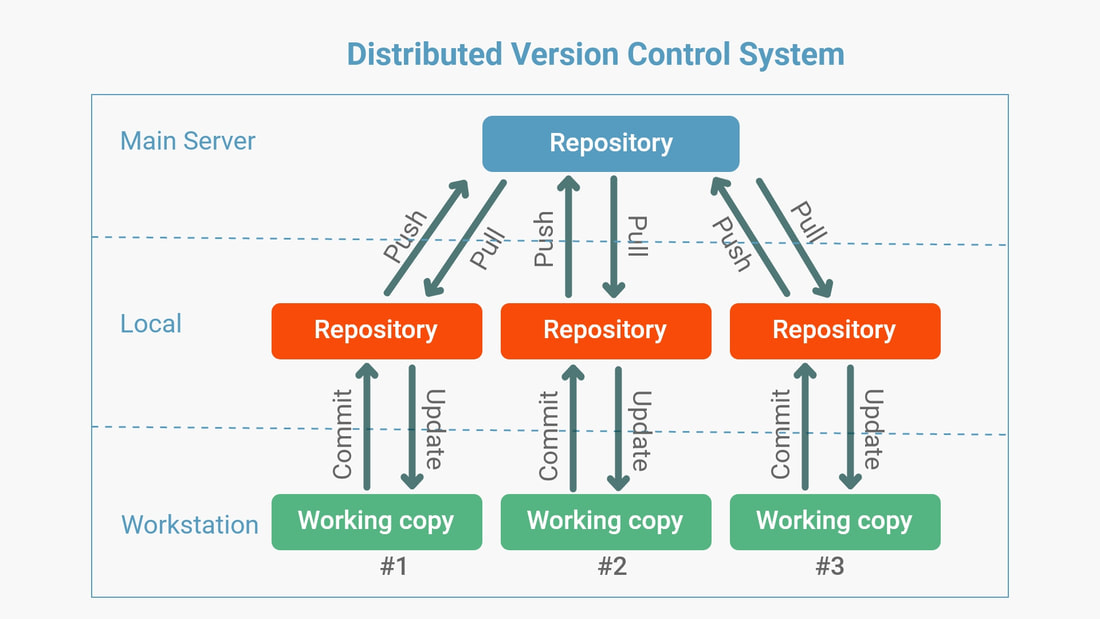
This phase focuses on planning and coding the software. The project vision is established during the planning phase, and developers start writing the code for the application.
While no specific DevOps tools are needed for planning, several tools are available for managing the code.
The code can be written in any language, but it is maintained using Version Control tools, a process known as Source Code Management.
Once the code is developed, the next step is to move into the Continuous Integration phase.
Stage — 2: Continuous Integration
Tools: Jenkins, TeamCity, Travis
Process Flow:
At the heart of the DevOps lifecycle is this stage, where developers commit code changes frequently — whether daily or weekly. This regular updating is crucial for maintaining a smooth workflow.
Each commit triggers a build process that helps in catching issues early. Building code involves more than just compilation; it encompasses code reviews, unit testing, integration testing, and packaging to ensure quality and readiness.
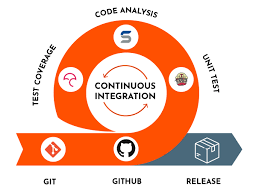
As software development progresses, integrating new code with existing systems is key. Continuous integration ensures that updates are smoothly incorporated into the existing codebase, reflecting changes for end-users efficiently.
In this stage, you use tools to build and package the code into executable files. This prepares the code for the subsequent phases of deployment, ensuring it’s ready to be forwarded for further processing.
Stage — 3: Continuous Testing
Tools: Jenkins, Selenium TestNG, JUnit
Process Flow:

This stage focuses on relentlessly testing the developed software for bugs using automation testing tools. By leveraging these tools, QAs can thoroughly test multiple codebases in parallel, ensuring flawless functionality. Docker Containers can be used to simulate the test environment effectively.
Selenium drives automation testing, while TestNG handles report generation. The entire testing phase can be streamlined and automated using Jenkins, enhancing efficiency and consistency.
Imagine you’ve written Selenium tests in Java to validate your application. After building this code with Ant or Maven, you proceed to User Acceptance Testing (UAT). Jenkins can automate this entire process, ensuring seamless testing and quicker feedback loops.
Stage — 4: Continuous Deployment
Tools Used:
Configuration Management — Chef, Puppet, Ansible
Containerization — Docker, Vagrant
Process Flow:
- This stage focuses on deploying code to production servers. It’s vital to ensure that the code is deployed accurately across all servers. Before we go deeper, let’s touch on Configuration Management and Containerization tools, which are key to achieving Continuous Deployment (CD).

Configuration Management is about ensuring consistency in an application’s functionality and performance. In simpler terms, it involves releasing deployments to servers, scheduling updates, and maintaining consistent configurations across all servers.
Containerization tools are essential in the deployment phase, ensuring consistency across Development, Test, Staging, and Production environments. They also enable rapid scaling of instances, whether scaling up or down, to meet demand efficiently.
Stage — 5: Continuous Monitoring
Tools Used: Splunk, ELK Stack, Nagios, New Relic
Process Flow:
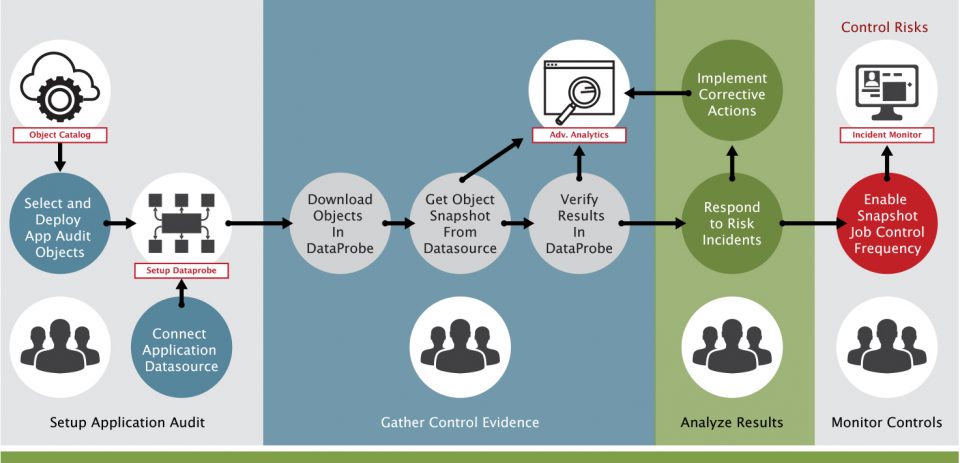
This is a crucial stage in the DevOps lifecycle where you continuously monitor your application’s performance. It involves recording essential data about how the software is used and processing that information to ensure the application is functioning correctly. In this phase, you address system errors like low memory, unreachable servers, and more.
The Operations team plays a key role in this stage, monitoring user activity for bugs or any abnormal system behavior. Continuous Monitoring tools are used to keep a close eye on both the application’s performance and the servers, enabling proactive checks on the system’s health.
Lastly, we will discuss who exactly is a DevOps Engineer.
→ Who is a DevOps Engineer?
A DevOps Engineer is someone who fully grasps the Software Development Lifecycle and has a solid understanding of various automation tools used to create CI/CD pipelines.
DevOps Engineers collaborate with developers and IT staff to manage code releases. They might be developers who take an interest in deployment and network operations, or sysadmins with a passion for scripting and coding who shift towards development to enhance the planning of testing and deployment.
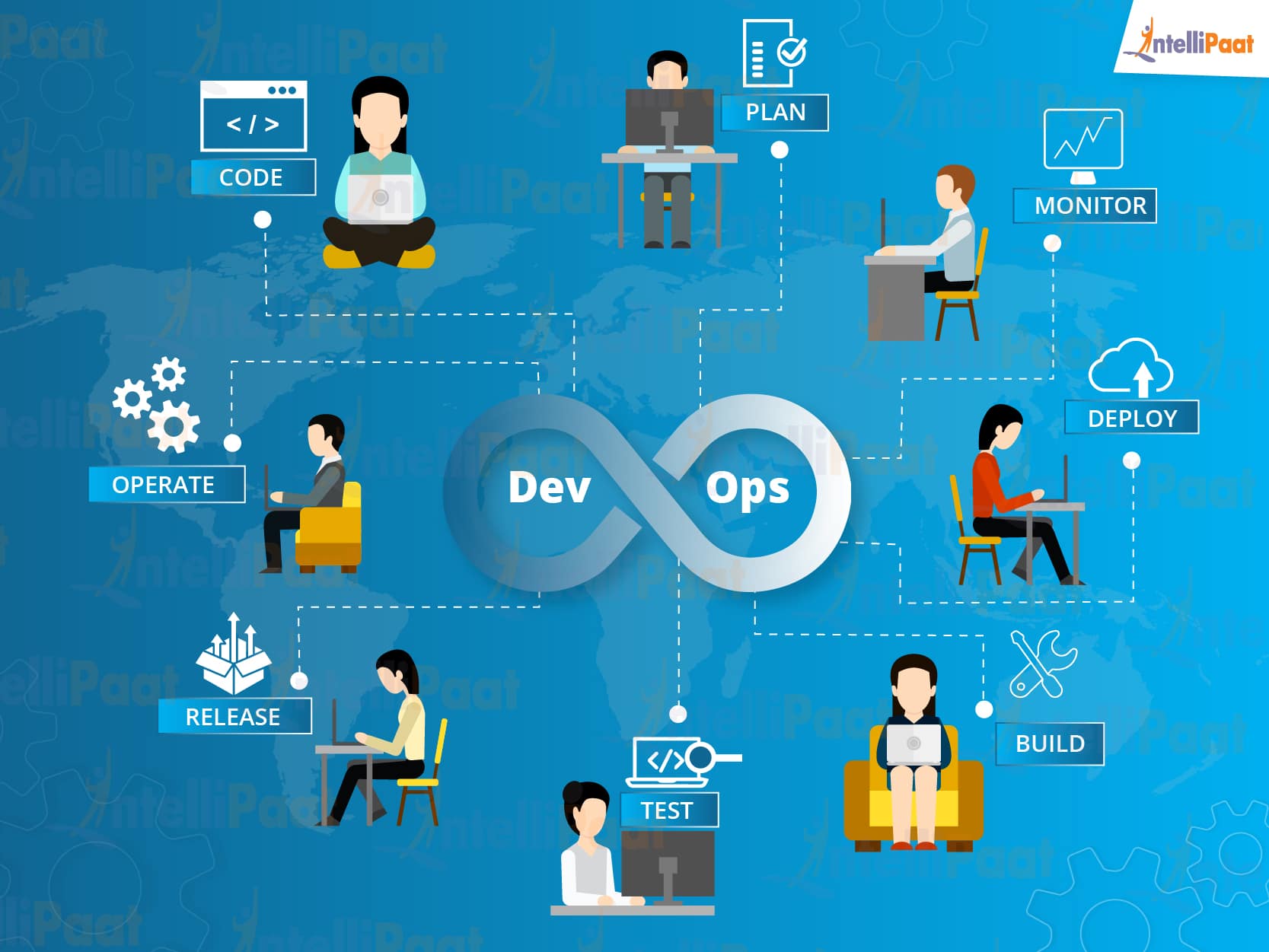
→ Tasks of a DevOps Engineer:
Building and deploying application code.
Deploying and maintaining servers, storage, and networking resources.
Using tools to collect, analyze, and visualize metrics, logs, and events.
Automating processes to enable continuous integration and continuous delivery (CI/CD).
Educating the organization about DevOps practices.
So that was all from my side in this article on Understanding DevOps. I hope you have understood everything that I have discussed here. If you have any questions kindly mention that in the comments section.
Subscribe to my newsletter
Read articles from Hamza directly inside your inbox. Subscribe to the newsletter, and don't miss out.
Written by

Hamza
Hamza
Techy Guy/ Chairperson at Tezos JH/ Software Engineer/ Ex-Developer at Delhi Police/ DevOps And Web Dev Enthusiast/ Student at Jamia Hamdard